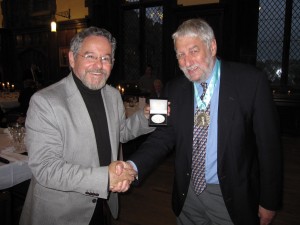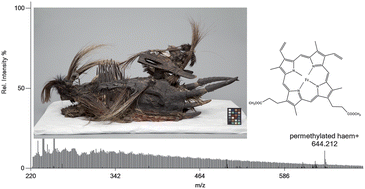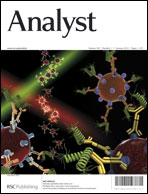Professor Joseph Wang is the 2013 winner of the Spiers Memorial Award announced at Faraday Discussion 164 last week in Durham, UK.
Faraday Discussions are unique international discussion meetings which focus on rapidly developing areas of physical chemistry and its interfaces with other scientific disciplines, with the aim to provide a forum with academic experts and users. A number of meetings are organised each year by the Faraday Division , the most recent in association with the Analytical Division of the RSC, with the meeting having an analytical chemistry component.
The meeting was held at Durham University and focused on Electroanalysis at the Nanoscale, a growing area of interest which finds applications in various disciplines including biology, fuel cells, material science and sensing. The Spiers Memorial Award was presented by Faraday Division President Graham Hutchings to to the introductory lecturer who provided a most stimulating and wide-ranging introduction to the discussion.
Joe Wang is a Distinguished Professor and Vice Chair of Nanoengineering at the University of California, San Diego (UCSD), USA, is an Honorary Professor from 6 different universities and recipient of two National American Society Awards for Electrochemistry and Instrumentation. Research in his laboratory is focused on nanobioelectronics, an emerging field aimed at integrating nano- and biomaterials with electronic transducers. His highly multidisciplinary research combines fundamental studies with forward-looking engineering efforts.
With his work, Professor Wang has provided great contributions to the areas of electroanalytical chemistry and nanobiotechnology and highlighted the most recent advances in the development of nanomotors, nanoactuators, electrochemical biosensors and wearable sensor systems.
Click here to read more.
















 We are delighted to announce that our latest Impact Factor* is 4.0
We are delighted to announce that our latest Impact Factor* is 4.0